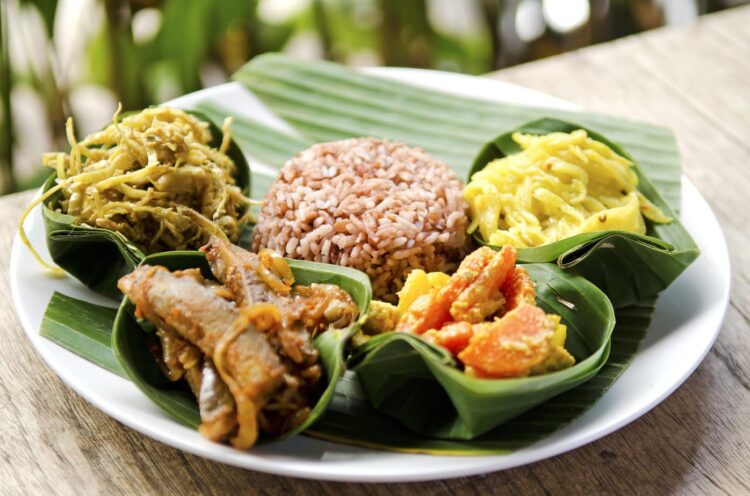With historical Dutch, Chinese and Arab influences, Indonesian cuisine is among the tastiest in the world – and for good reason.
Its diversity stems from the fact that Indonesia comprises nearly 6,000 inhabited islands out of more than 18,000 in the world’s largest archipelago.
Throughout history, these islands have drawn traders, pirates and adventurers from around the globe. Located along ancient trade routes and rich in botanical resources, they quickly became a focal point of worldwide interest.
Spices were prized not only for their flavour but also for their power to mask spoiled food, freshen breath and treat health problems. Although the “Spice Islands” of eastern Indonesia attracted much attention, the nation’s cuisine as a whole evolved largely thanks to immigrants in search of these coveted seasonings.
Whether it is a plate of Nasi Goreng or a rich Rendang, every Indonesian recipe reflects the nation’s history and culture.
Here are some Indonesian specialties you simply have to try!

Nasi goreng
The Nasi Goreng is Indonesia’s distinctive spin on spicy fried rice and is considered the country’s national dish. You will find nothing like it elsewhere; its simple preparation paired with incredible flavour makes it truly one of a kind.
Steamed rice is generously coated in a thick, sweet soy sauce called kecap manis and flavoured with chili, shrimp paste, onion and garlic.
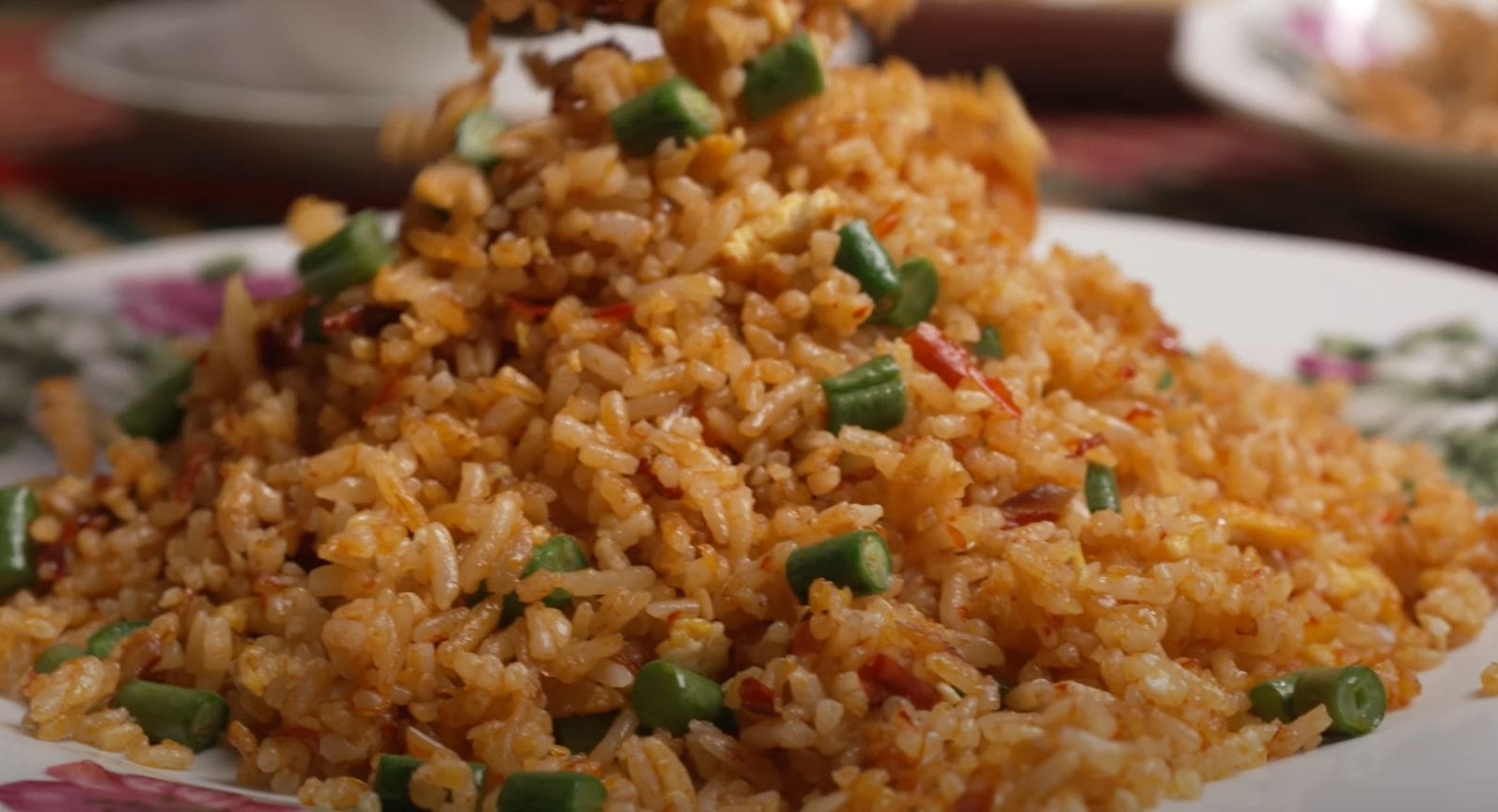
Many cooks add protein such as chicken, lamb, pork, eggs or beef, along with extra vegetables like mushrooms, cabbage and cucumbers.

Rather than ordering Nasi Goreng in a fine-dining restaurant, try the street-food version in Indonesia. The irresistible mix of umami taste, sweetness, heat and satisfying richness is what makes this dish so unique and delicious.
Beef rendang
This West Sumatran specialty, which originated in Padang, is renowned for its heat and depth of flavour.
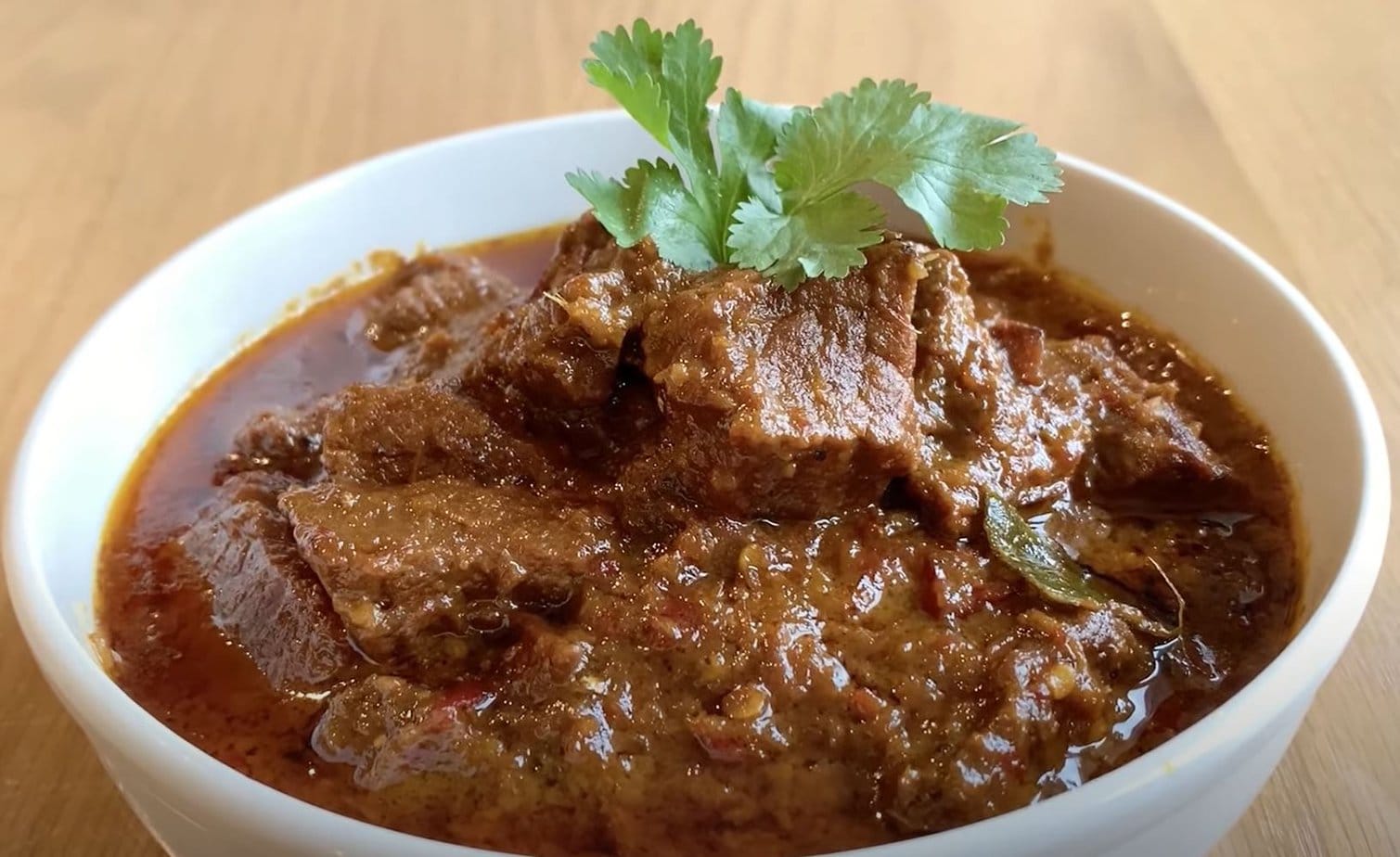
The beef rendang features large cubes of beef slowly cooked for several hours in coconut milk and spices. The dish alternates between boiling and frying as the liquid evaporates until the sauce is fully reduced and absorbed by the meat.
It is best enjoyed with a plate of hot coconut rice, also called Nasi Lemak, and is arguably one of the most famous foods in Indonesia.
Gado Gado

If you are vegetarian, we highly recommend Gado-Gado, Indonesia’s signature salad. This combination of compressed rice and vegetables dressed with peanut or cashew sauce is one of the country’s most popular street foods.
Although technically a salad, gado gado – especially when it includes pressed rice cakes – is quite filling and can be eaten as a main dish or as a snack.
Satay
Satay (locally spelled sate) is one of Indonesia’s quintessential barbecue dishes and is perhaps the preparation most closely associated with the archipelago worldwide. The skewers are grilled over hot coconut charcoal after being marinated with a blend of spices and herbs.
Essentially, it is skewered meat cooked over charcoal while hand-held fans waft away the smoke, imparting a distinctive flavour.

The meat can be chicken, pork, beef, mutton or even rabbit. Satay variations in Indonesia are as diverse and abundant as the cultures and ethnicities within the country.
Sate Padang features grilled beef cubes served with a yellowish sauce, while Balinese satay lilit is made from minced fish and grated coconut, with lemongrass stalks used as the skewers.

Bakso
Bakso, also called Baso, is a meatball soup and one of Indonesians’ favourite street foods.
It comes in two main variants: Mie Bakso, the Indonesian style, and Bakso Kuah, the Chinese-influenced version.
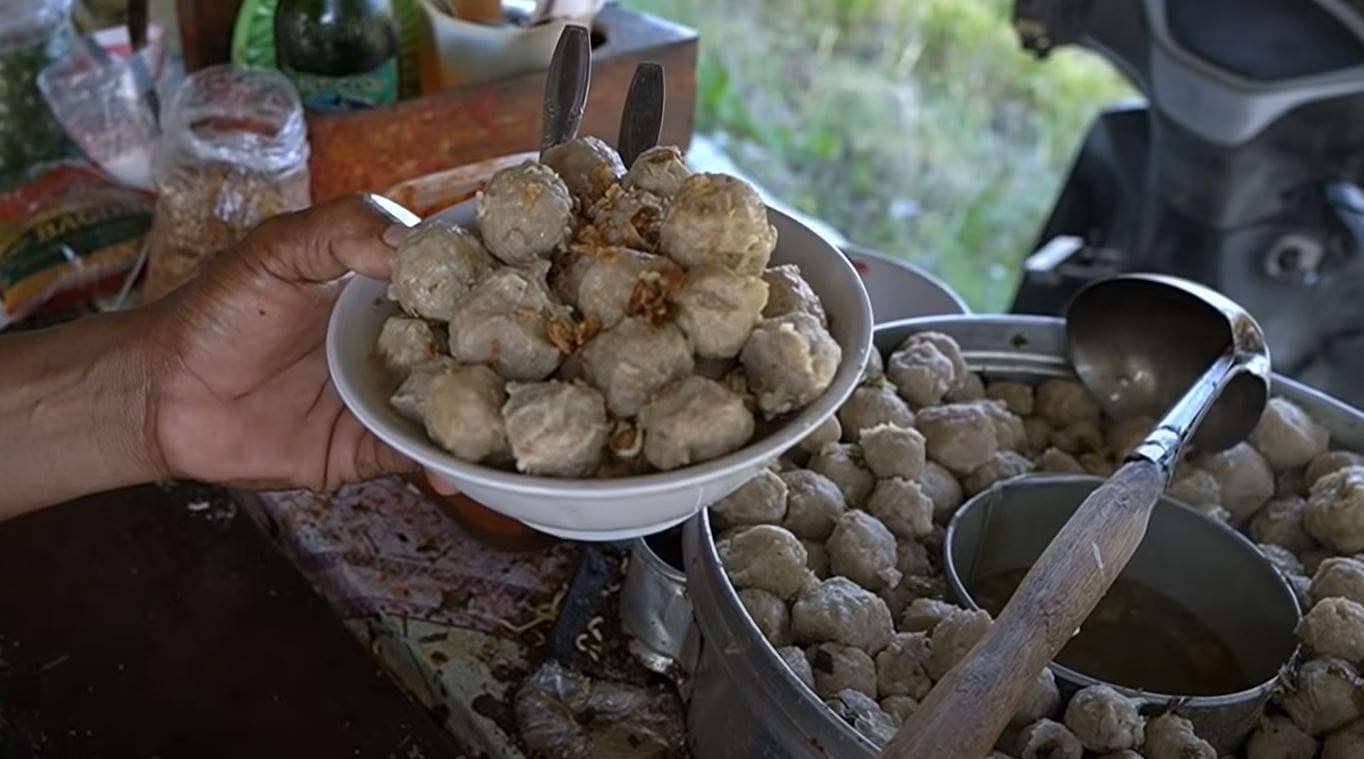
The bakso recipe generally uses minced meat mixed with tapioca starch – the latter giving the meatballs their addictive, springy texture.
It is often served with rice vermicelli or egg noodles, tofu, hard-boiled eggs coated with the same meatball mixture, chili, crispy fried shallot flakes and sweet soy sauce to taste. The meatballs can be made from any meat – beef, chicken, fish and even pork. Malang, the city best known for its bakso, offers many versions of the dish.
Martabak

Often hailed as the king of Indonesian street food, martabak comes in two versions: savoury and sweet. The sweet kind, called Martabak Manis, is a stuffed pancake or pan-fried bread filled with chocolate and nuts. These treats are sold only in the evening and at night, so you might have to wait for your midnight snack to try one.
The savoury version is a crispy pastry filled with chicken or duck eggs, leeks, onion and a few spices. It is served with spicy pickles and a very hot black sauce.
Soto
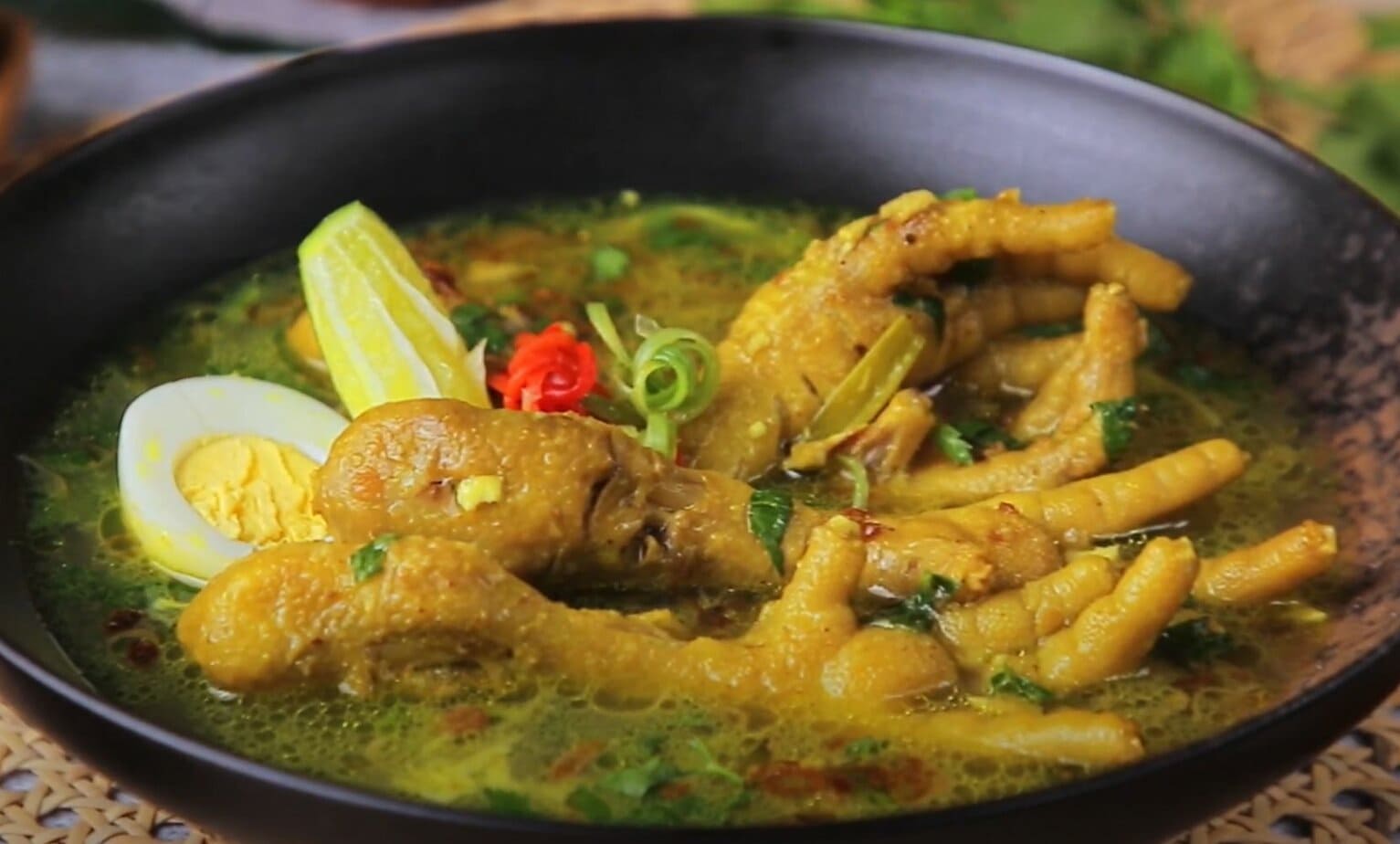
Soto is a comforting broth filled with shredded chicken or diced beef (and sometimes chicken feet) plus ingredients such as bean sprouts and chopped celery.
Various cultures in Indonesia have their own versions of soto, from Soto Jawa, Soto Betawi and Soto Kudus to Soto Banjar.
They look and taste different, but they are all mouth-watering. The most popular is Soto Betawi, a thick creamy broth made mainly with coconut milk. Other ingredients include meat, shallots, lemongrass and Indonesian spices.
Gudeg
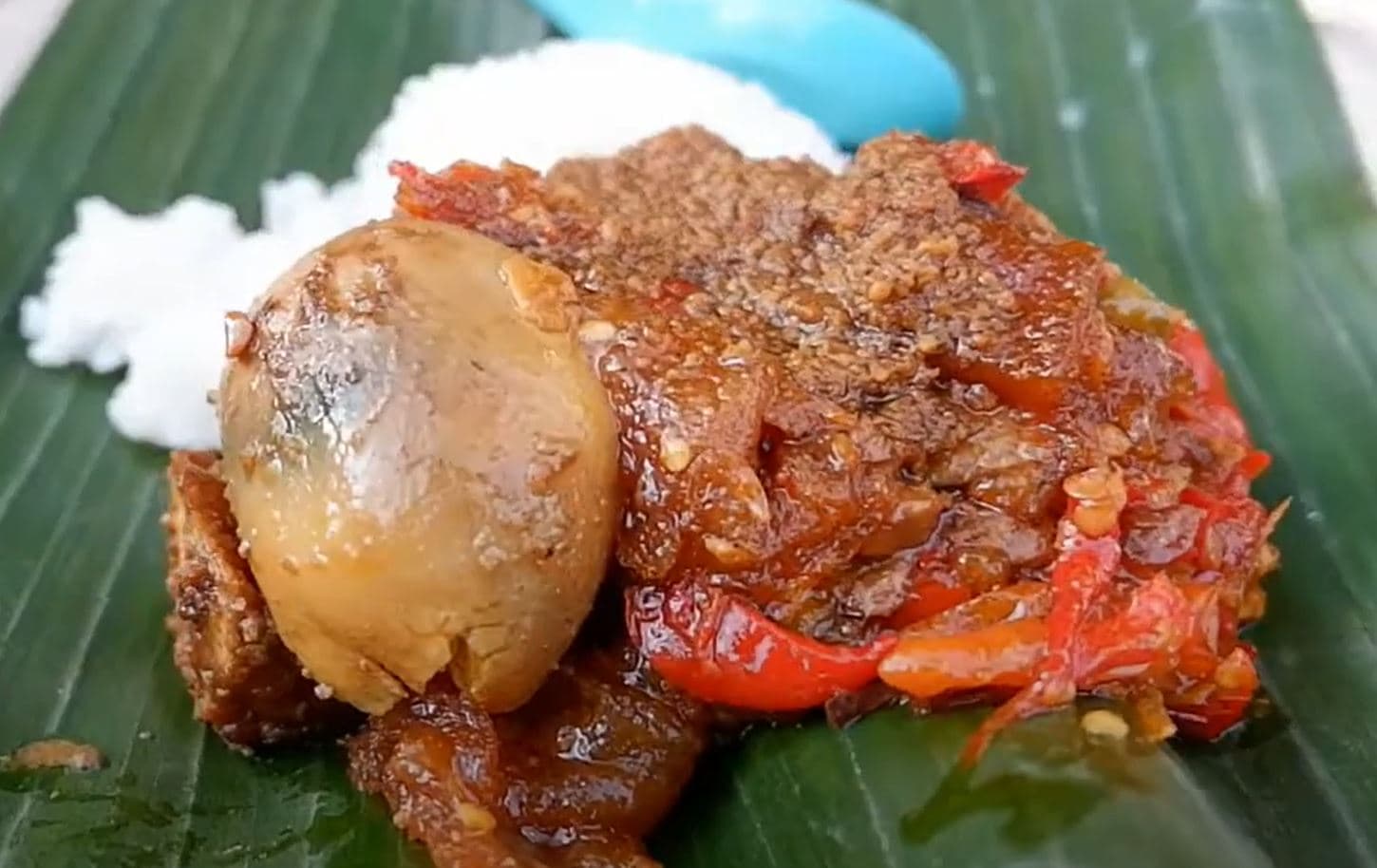
Considered one of the signature dishes of Yogyakarta (Jogja), gudeg is young jackfruit braised with palm sugar, coconut milk, bay leaves, lemongrass and galangal until it becomes extremely tender and well blended.
The dish requires patience, as the jackfruit is simmered for several hours, resulting in sweet, tender flesh. Gudeg is usually served with additional dishes such as “telur pindang” (dark hard-boiled eggs), fried chicken and “sambal goreng krecek” made from buffalo skin.
Key ingredients in Indonesian cuisine
Tempeh: in the article you will find my homemade tempeh recipe
